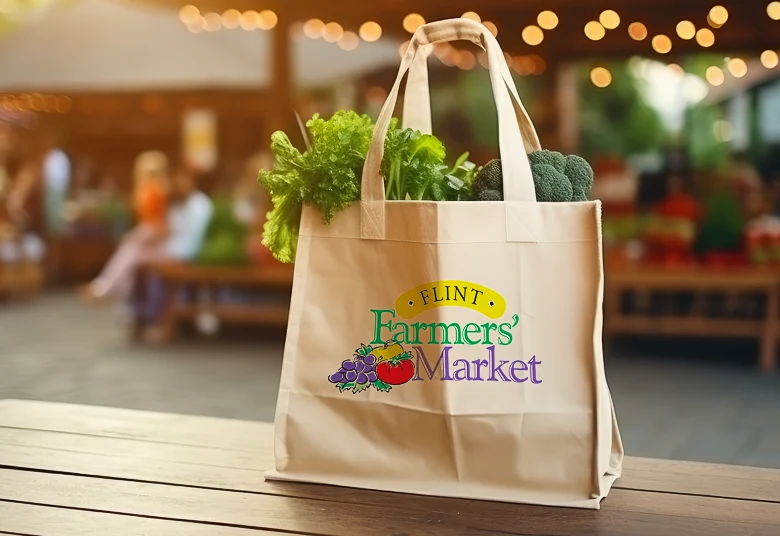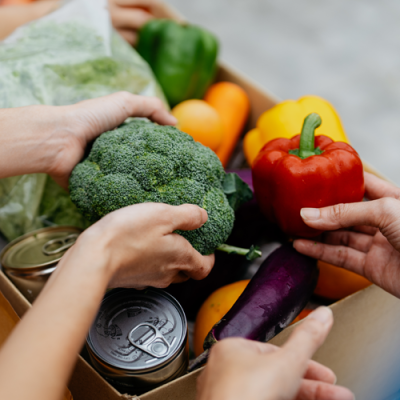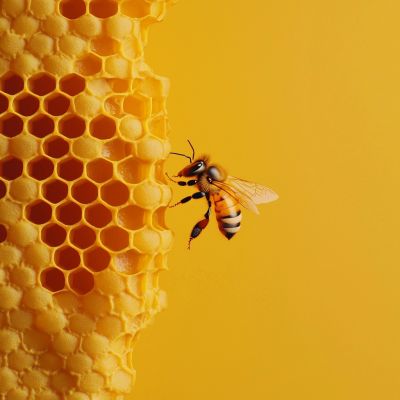Beeswax food wraps are an eco-friendly, reusable alternative to plastic wrap and single-use packaging.
Made from cotton infused with beeswax, tree resin, and jojoba oil, these wraps are versatile for storing various types of food. Here’s a comprehensive guide on how to use beeswax food wraps effectively:
Understanding Beeswax Food Wraps
Composition:
- Cotton Fabric: Provides the base for the wrap.
- Beeswax: Adds a natural adhesive quality, allowing the wrap to cling to surfaces.
- Tree Resin & Jojoba Oil: Enhance the stickiness and flexibility of the wrap.
Benefits:
- Reusable: Can be washed and reused multiple times.
- Eco-Friendly: Reduces reliance on single-use plastics.
- Breathable: Allows food to stay fresh longer by letting air circulate.
- Antibacterial Properties: Beeswax has natural antibacterial qualities.
Preparing to Use Beeswax Wraps
Before First Use:
- Wash the Wrap: Gently wash the wrap in cold or lukewarm water with mild soap. Avoid hot water or harsh detergents as they can melt the beeswax.
- Dry Properly: Air dry the wrap on a drying rack or clean surface. Ensure it’s completely dry before first use.
Using Beeswax Wraps
Basic Techniques:
- Wrapping Fruits and Vegetables:
- Place the food item in the center of the wrap.
- Fold the edges over the food, using the warmth of your hands to mold the wrap around it.
- Covering Bowls:
- Lay the wrap over the top of a bowl.
- Gently press the edges down around the rim to create a seal.
- Storing Sandwiches or Snacks:
- Place the sandwich or snack in the center.
- Fold the wrap around the contents, ensuring it’s tightly sealed.
- Covering Bowls or Containers:
- Stretch the wrap over the container, pressing the edges to adhere.
Tips for Effective Use:
- Shape and Size: Choose a wrap size that matches the food or container you’re covering. Common sizes include small (6×6 inches), medium (7.5×8 inches), and large (12×12 inches).
- Heat Helps: Slight warmth from your hands can make the wrap more pliable, allowing it to conform better to the shape of the food or container.
Avoid Overfilling: Don’t overstuff the wrap, as it can tear or lose its ability to cling.
Caring for Beeswax Wraps
Cleaning:
- After Each Use: Shake off any food residue.
- Hand Wash Only: Use cold or lukewarm water with mild, natural soap.
- Avoid Hot Water: High temperatures can melt the beeswax, reducing the wrap’s effectiveness.
- No Machine Washing: Machine washing can damage the wrap.
Drying:
- Air Dry: Lay the wrap flat or hang it to dry completely before storing.
- Avoid Direct Sunlight: Prolonged exposure can fade colors and degrade the beeswax.
Maintenance:
- Re-melting the Wrap (Optional): If the wrap becomes stiff or less sticky over time, you can re-melt it by placing it in the oven at a low temperature (around 150°F or 65°C) for a few minutes. Let it cool and dry before use.
- Storage: Store wraps in a cool, dry place away from direct sunlight to preserve their longevity.
Additional Tips
- Avoid Raw Meat and Fish: While beeswax wraps have antibacterial properties, it’s best to avoid using them for raw meat or fish to prevent cross-contamination.
- Freezing: You can use beeswax wraps in the freezer, but avoid freezing fresh beeswax wraps as it can make them brittle. Instead, wrap items first and then place them in the freezer.
Microwave Use: While some wraps are microwave-safe, always check the manufacturer’s instructions. If unsure, transfer the food to a microwave-safe container before heating.
Environmental Impact
Using beeswax wraps contributes to reducing plastic waste and the environmental footprint associated with single-use packaging. By opting for reusable wraps, you support sustainable practices and promote a healthier planet.
Purchasing and Storing Beeswax Wraps
Where to Buy:
- Online Retailers: Websites like Etsy, Amazon, and specialized eco-friendly stores.
- Local Markets: Farmers’ markets, eco-friendly shops, and some grocery stores.
Storing Your Wraps:
- Fold Neatly: Prevents creases and maintains their shape.
- Separate from Sharp Objects: Avoid punctures or tears by keeping them away from knives and other sharp tools.
Avoid Heat Sources: Store away from direct sunlight, ovens, and other heat-producing appliances.
Conclusion
Beeswax food wraps are a sustainable, practical solution for everyday food storage needs. By following the guidelines above, you can maximize their effectiveness and lifespan, contributing to a more eco-friendly lifestyle. Embrace the natural benefits of beeswax wraps and enjoy fresh, well-preserved food without the environmental cost of disposable plastics.






